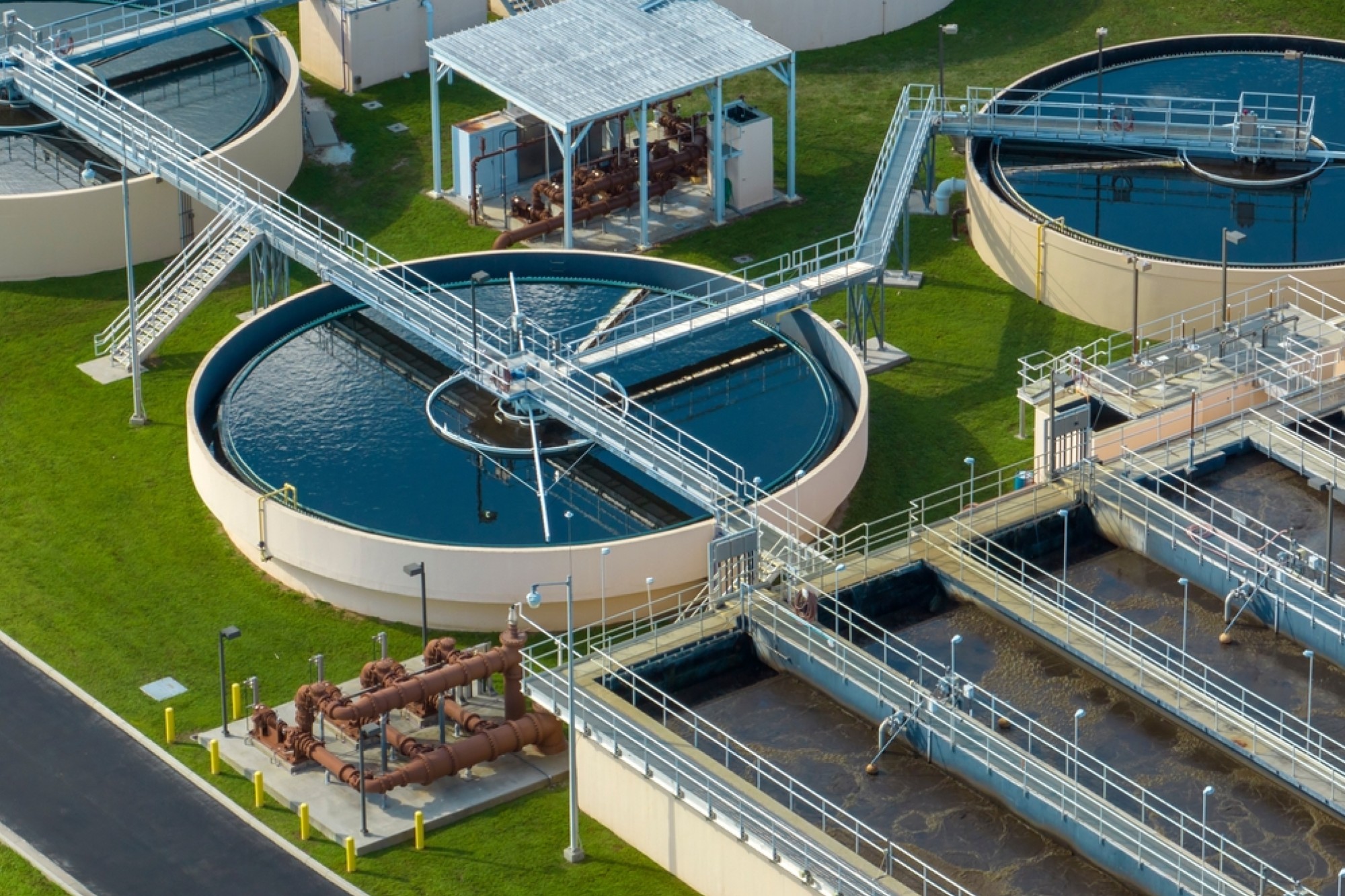The global market for water treatment chemicals and technologies is expanding rapidly and is expected to do so further in the future decade.
The market was valued at US$ 169.3 billion in 2020 and is expected to increase at a compound annual growth rate (CAGR) of 4.2 percent between 2021 and 2031. By the end of 2031, the global market is predicted to be worth an astonishing $233.5 billion.
This growth can be attributed to a variety of sources, including rising demand for clean and safe water in the municipal, industrial, and agricultural sectors. Rising public awareness of waterborne diseases, along with severe government rules for wastewater treatment, is driving the use of advanced water treatment chemicals and technologies.
Water treatment chemicals and technology: Ensuring clean and safe water
In an age where clean water is a scarce commodity, the importance of water treatment cannot be overstated. Water treatment chemicals and technology are critical in ensuring that the water we drink, use in industry, and return to the environment is free of dangerous contaminants. This article examines the major chemicals and technological breakthroughs in the field of water treatment, emphasising their significance and impact.
The importance of water treatment
Water treatment is necessary for a variety of reasons. Primarily, it ensures the availability of healthy drinking water, which is critical to human health. Contaminated water can cause a variety of ailments, some of which are potentially fatal. Furthermore, clean water is critical for industrial processes in which contaminants can cause considerable damage to equipment and lower product quality. Another important consideration is environmental conservation since treated wastewater helps to reduce pollution, preserve aquatic ecosystems, and avoid waterborne infections.
Key water treatment chemicals
Water treatment uses a variety of chemicals, each with a distinct purpose in the purification process. Coagulants such as aluminium sulphate and ferric chloride neutralise the charges of particles floating in water, causing them to clump together. Flocculants, such as polyacrylamides, help to aggregate these clumps into bigger flocs that may be easily removed through sedimentation or filtration. Disinfectants such as chlorine are extensively used because of their ability to kill bacteria and viruses. However, chlorine can produce dangerous byproducts, so its usage is strictly regulated. Ozone and ultraviolet (UV) light are alternative disinfectants that leave no residue chemicals in the water.
Chemicals such as lime and sodium hydroxide are used as pH adjusters to make water less corrosive and more appropriate for human and industrial use. Corrosion inhibitors, such as phosphates, are added to water to build a protective layer on pipes, preventing corrosion and minimising metal leaching, including lead and copper. Scale inhibitors, such as polyphosphates and chelating compounds, help to prevent the production of scale deposits, which can clog pipes and limit heating system efficiency.
Advanced water treatment technologies
While chemicals play an important role, technology has advanced water treatment to make it more efficient and sustainable. Membrane filtration technologies, such as Reverse Osmosis (RO), use semi-permeable membranes to remove ions, molecules, and larger particles from water and have proven to be particularly effective in seawater desalination and industrial wastewater treatment. Ultrafiltration (UF) and microfiltration (MF) membranes remove suspended particles, germs, and certain viruses, providing a high level of purity.
Advanced Oxidation Processes (AOPs) produce highly reactive hydroxyl radicals that destroy a wide spectrum of organic pollutants by combining ozone and hydrogen peroxide or UV radiation and titanium dioxide. Electrocoagulation is an excellent method for eliminating heavy metals, suspended particles, and certain chemical molecules.
Biological treatment systems, including bioreactors and built wetlands, use microorganisms to digest organic contaminants in an environmentally acceptable manner. They are useful for both municipal and industrial wastewater. The integration of sensors, data analytics, and automation has resulted in the creation of smart water systems. These systems can monitor water quality in real-time, optimise treatment processes, and detect possible problems, thereby improving the overall efficiency and dependability of water treatment plants.
Challenges and future directions
Despite tremendous progress, the water treatment industry confronts problems such as new contaminants, climate change consequences, and the need for sustainable methods. These concerns continue to be addressed through research and innovation, with an emphasis on producing greener chemicals, energy-efficient technology, and strategies for dealing with microplastics and pharmaceuticals in water.
Cookie Consent
We use cookies to personalize your experience. By continuing to visit this website you agree to our Terms & Conditions, Privacy Policy and Cookie Policy.





















